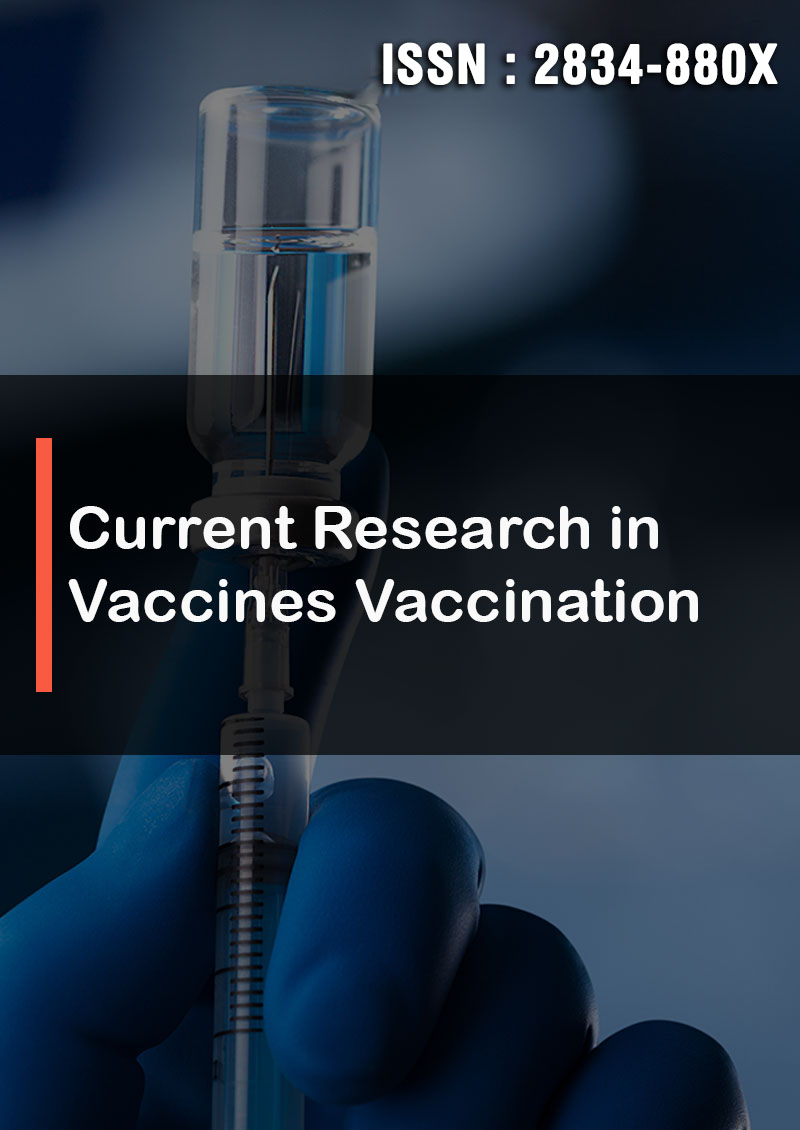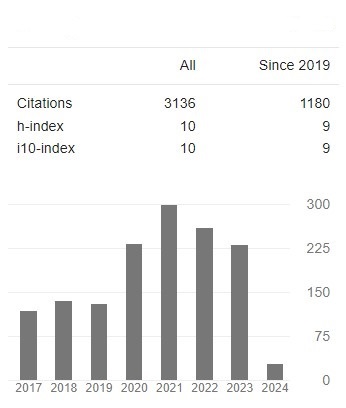Assessment on Vaccine Supply Chain and Logistics Systems in the Case of Ethiopian Pharmaceuticals Supply Agency JIMMA Branch
Abstract
Tekalign Admasu Weledesenbet
Immunization helps save lives, protects serious illness and is recognized as one of the most effective public health intercessions and available today. However, the success of the programs depends heavily upon the immunization supply chain management including storage, transportation, and handling of vaccines in a proper manner. It was, therefore, important to assess the immunization supply chain and logistics practice. The study was conducted at the EPSA Jimma branch. Purposive sampling methods were used because the hub has completed the Woreda level vaccine transition and have a better experience in vaccine management. Moreover, all staffs (7) who directly engage in vaccine management were a respondent in this study. The primary data was collected using structured questionnaires and Standard checklist observation. In addition, secondary data was collected from documents and recordings from the manual and electronic recording tools. Qualitative and quantitative data were collected and analyzed according to their type. For the analysis of the quantitative data descriptive statistics supported by SPSS software version 20 was applied, and for qualitative data, document analysis was done. SPSS mean and the standard deviation was used to calculate and show the expert's experience on immunization supply chain practices, and frequency and percentage were considered to present the respective practices. The result showed that there are rooms for improvement to ensure recommended good storage. The branch has sufficient positive (+20C to +80C) storage capacity, but the available negative storage volume only covers 65% of the negative storage capacity needed. Respondents were agreed on bundling practice during the distribution of vaccines, Disagree on Refrigerated vehicle pre cold before loading of vaccines, whereas strongly disagree on the temperature of vaccine is always monitored during transportation and availability of an adequate number of the vehicle for transportation of vaccines for which respondents remained neutral. The study strongly indicates the need to improve vaccine logistics supply chain management practices, especially in vaccine storage and handling and temperature monitoring. EPSA and development partners working on vaccine logistic and supply chain management should have intensified their technical and material support to improve the vaccine management practices.




